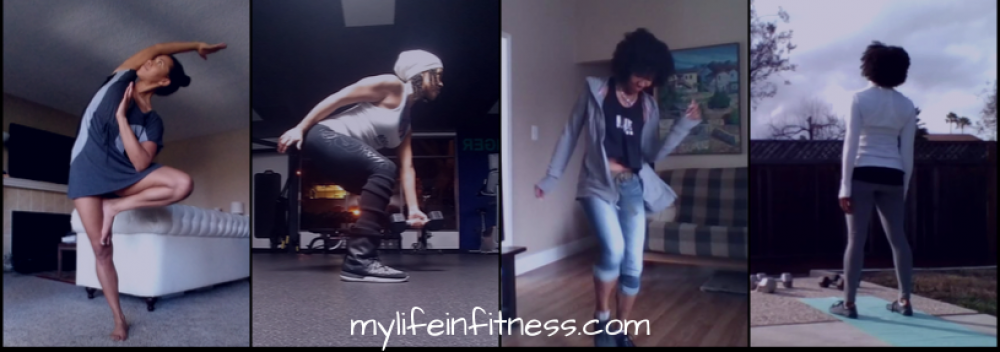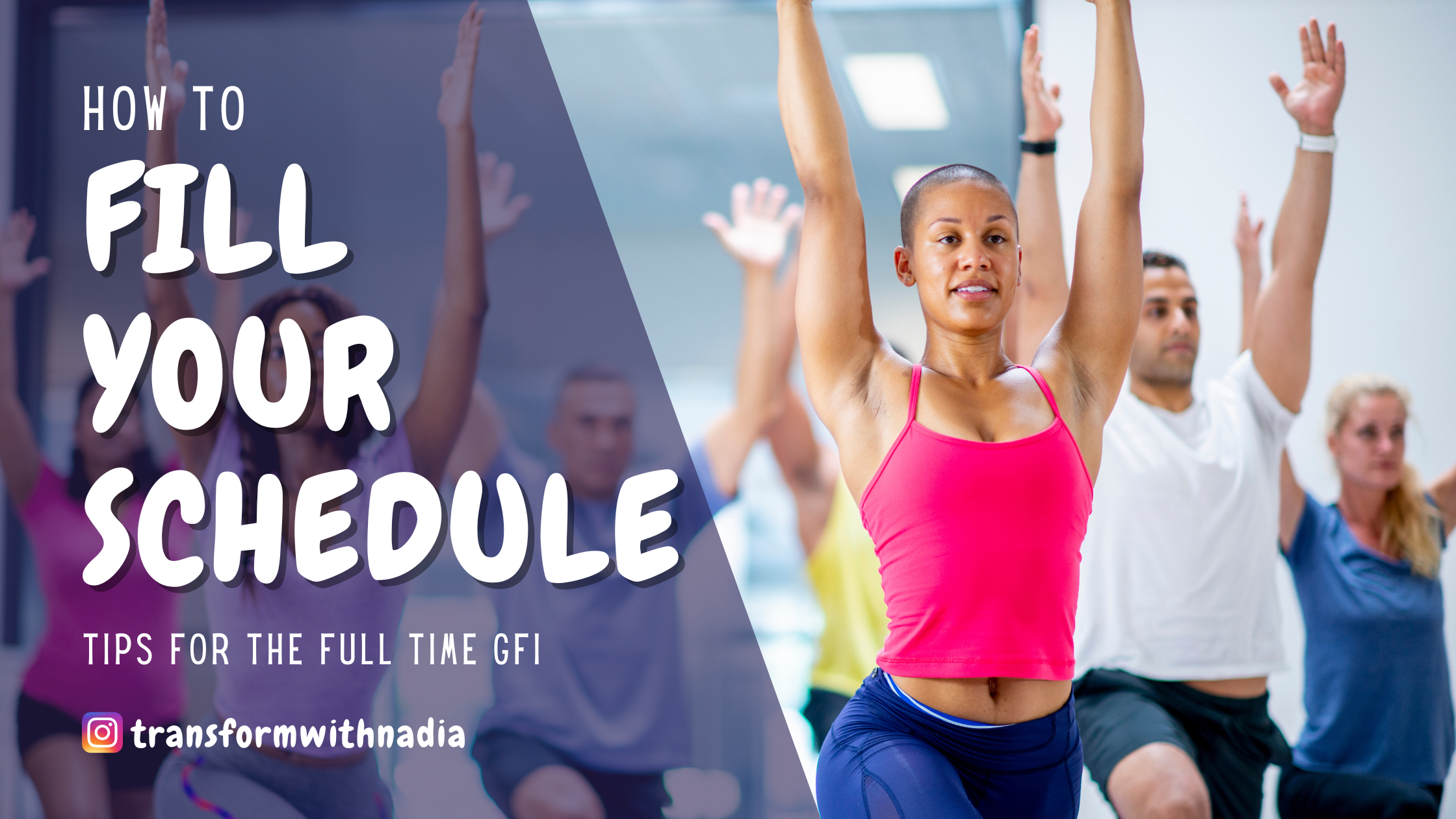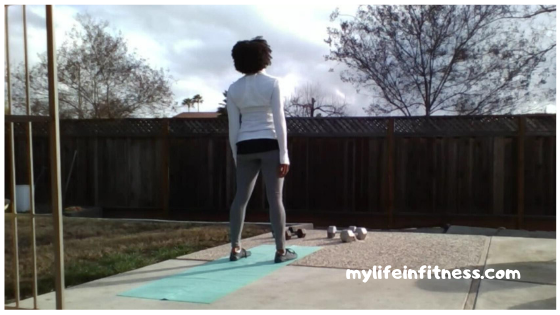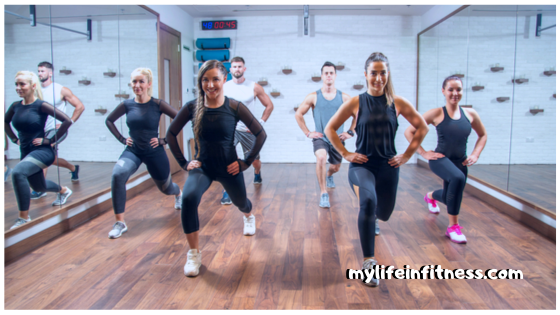Being a group fitness instructor is a labor of love. Many instructors get into the field because they like exercise and enjoy helping others have fun while getting fit. One of the toughest aspects of this career path is finding enough work to bring in a full time income. I’ve heard some say that it isn’t possible or sustainable, but I disagree. With consistent effort and a game plan, you can learn how to fill your schedule as a group fitness instructor. See my top tips below.
Tip #1: Teach Group Fitness for Multiple Studios

In fitness, 20-30 hours a week of scheduled classes can be considered full time work. Unfortunately, it is highly unlikely that you will find that many class hours at one location. This means, you may need to work for three or four studios to have the load you desire.
If you’re a skilled instructor with a good reference from another current or former employer, it will be easy to get your foot in the door of new fitness centers. After the audition, managers typically start new hires off with one or two classes to see how their members like them. With the community’s approval, you stand a good chance of being asked to take on more classes. Larger gyms are constantly adding new classes or making changes to their schedule, so with any luck, you’ll be able to steadily gain more classes.
Tip #2: Master a Variety of Group Fitness Formats

The most valuable instructors come in two types: 1) highly skilled format specialists and 2) seasoned multi-format instructors.
Although boutique studios that focus on just ONE thing grew in popularity these last couple of decades, there has been a recent shift to specializing in one thing while offering a little bit of everything (think yoga studios that offer pilates, sculpt, or spinning). Larger fitness centers offer a wide range of group fitness classes including but not limited to:
- Spin/Cycling
- Treadmill Running
- TRX Suspension
- Dance Fitness
- Yoga
- Pilates
- Water Aerobics
- Circuit Training
- Cardio Conditioning
- Step Aerobics
The most common advice I hear given to fitness professionals is to specialize in one thing. I couldn’t disagree more. An instructor trained in multiple formats has a better chance of getting back to back classes and can step up to sub in a pinch. If they are someone students already love, it can open the doors for members trying new offerings. So if you’ve been thinking about picking up a new format, don’t walk. RUN and sign up for a training.
Tip #3: Fill Your Group Fitness Schedule By Subbing

A common struggle fitness companies experience is the lack of subs. This has always been an issue, but the problem has grown since the 2020 mass shutdown due to the COVID-19 pandemic. Since being a GFI is a side-gig for many people, a staggering amount of instructors chose to retire from teaching instead of returning to their gyms once they reopened. Others relocated. This has made it difficult and near impossible to get classes covered when instructors are sick or go on vacation.
Personal Share: That One Time I Was a Go-To Sub
There was a short period of time when I cleared my class schedule to work as a part time staff blogger at LoveToKnow. While that took up about 20 hours per week, I made it a point to get in anywhere from 8-10 additional hours of subbing (my teaching rate was double my writing rate). Even now, as a full time instructor, I can easily pick up an additional 4-5 hours a week. I don’t because recovery is an important part of the job. However, the opportunities are there if I want or need them.
Check Frequently for Sub Opportunities
Most studios have a specific format for sending sub requests via email or text. Check your inbox regularly for open opportunities. Make it a point to respond quickly whether or not you’re available, that way other teachers know to contact you next time they’re in need. Note: Weekends, early mornings (think 5:30 to 7:00am start times), and holidays are particularly difficult to fill, so if you have openings during those days and/or times, you are a fitness manager’s savior! Some studios even pay a bonus for these slots on top of your hourly rate. So if you’re free, why not?
Tip #4: Ask About Open Slots in the Group Fitness Schedule

The day I started sharing my open availability with my group fitness managers (GFMs) was the day my class schedule finally filled up. GFMs at large fitness centers are constantly reaching out to their reliable instructors to get them on the schedule for more classes. When I just started as a group fitness instructor, I often got frustrated when my availability didn’t match up to the days and times my managers sent me. One day, instead of getting frustrated, I simply said “I’m not available that day, but I have open slots on X and X days between X and X times.” Even if there were no slots currently available, I put it in their mind that I was interested in taking on more, so they continued asking. Note: This is also a great way to shift into your ideal schedule.
Although it didn’t happen right away, within a year, I had about 18 classes on the schedule across 3 studios. That didn’t include 1:1 training clients and subbing opportunities, which often raised my total hours to about 25 per week.
Start Filling Your Schedule As a Group Fitness Instructor Today
If someone ever tells you that it’s not possible to make a full time living as a GFI, tell them they’re wrong! Just like any career, if you’re truly dedicated to teaching, you have to put in the work. With a little persistence, a commitment to honing your craft, and a reputation as a reliable fitness professional, you’re bound to build the class load you desire. Although it may take some time to fill your schedule as a group fitness instructor, it IS possible. If there’s one or more steps above you haven’t yet taken, I recommend that you start today. I have faith in you ❤️
Good Luck,
Nadia
Want to see more of the content I create? Find all my latest content on my Instagram channel @transformwithnadia










